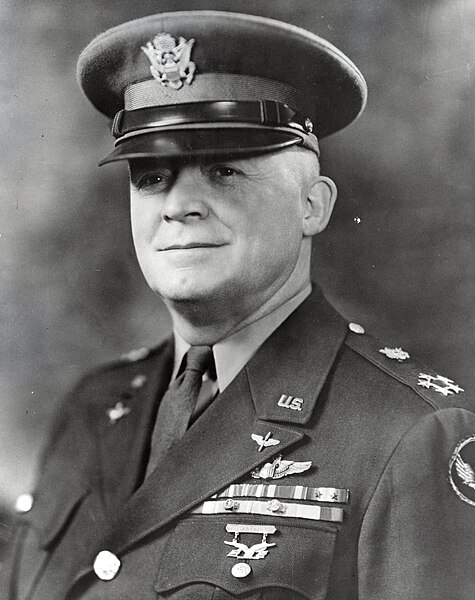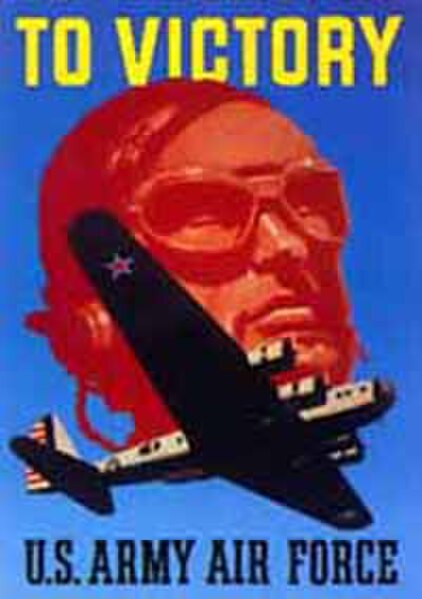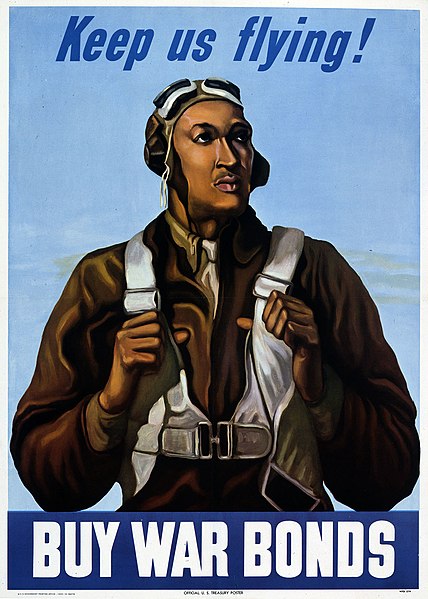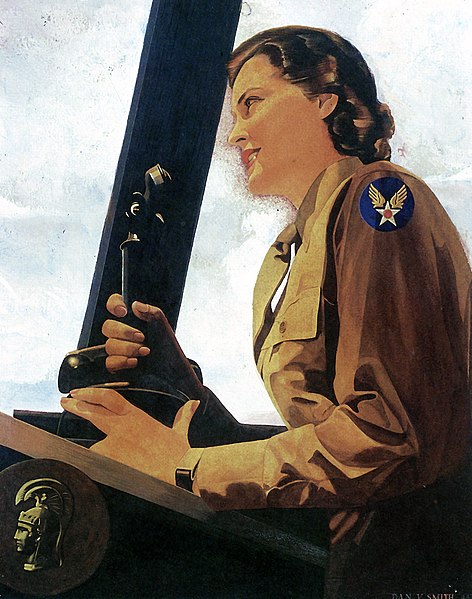United States Strategic Bombing Survey
The United States Strategic Bombing Survey (USSBS) was a written report created by a board of experts assembled to produce an impartial assessment of the effects of the Anglo-American strategic bombing of Nazi Germany during the European theatre of World War II. After publishing the report in 1945, the Survey members then turned their attention to the war efforts against Imperial Japan during the Pacific War, including a separate section on the recent use of the atomic bomb in attacks on two Japanese cities.
American Consolidated B-24 Liberator bombers attacking a Romanian oil refinery, May 1944
United States Army Air Forces
The United States Army Air Forces was the major land-based aerial warfare service component of the United States Army and de facto aerial warfare service branch of the United States during and immediately after World War II (1941–1947). It was created on 20 June 1941 as successor to the previous United States Army Air Corps and is the direct predecessor of the United States Air Force, today one of the six armed forces of the United States. The AAF was a component of the United States Army, which on 2 March 1942 was divided functionally by executive order into three autonomous forces: the Army Ground Forces, the United States Army Services of Supply, and the Army Air Forces. Each of these forces had a commanding general who reported directly to the Army Chief of Staff.
General of the Army Henry H. ("Hap") Arnold
USAAF recruitment poster
Tuskegee Airmen War bonds poster
1943 portrait of WAC air controller





